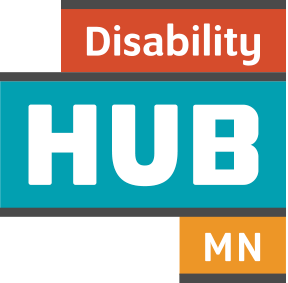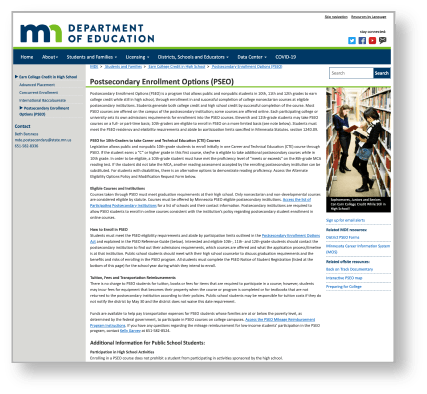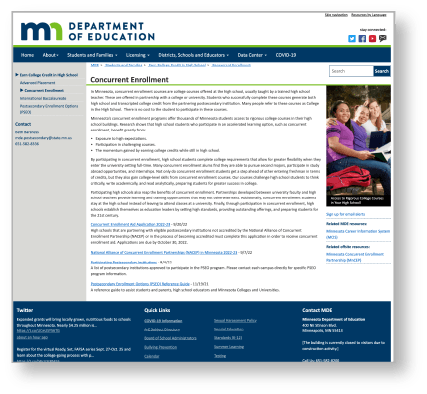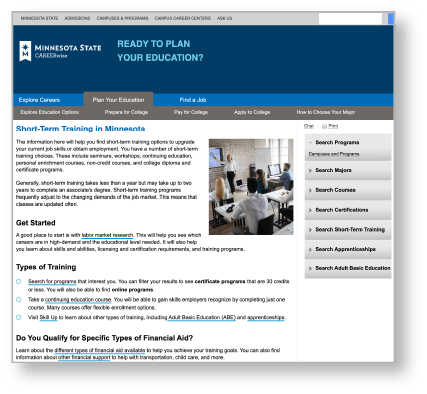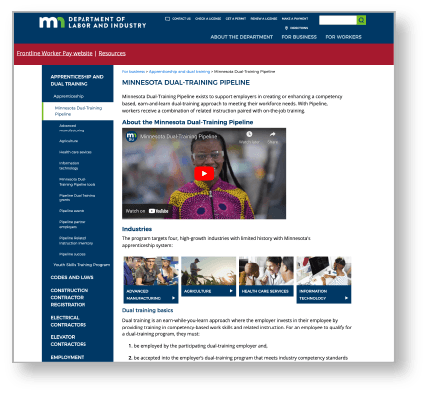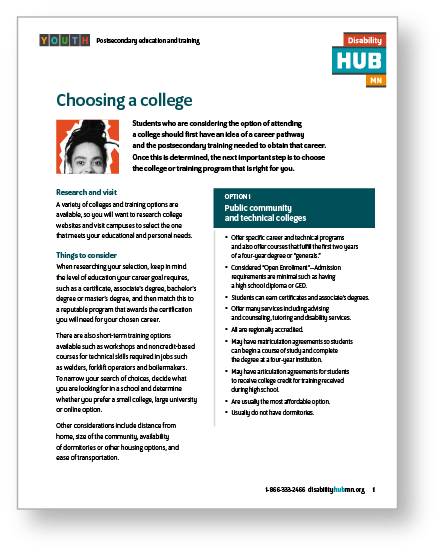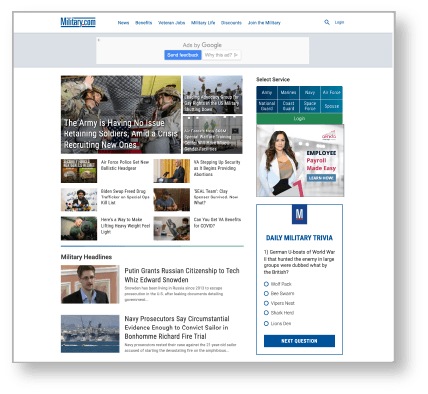Has the youth explored available postsecondary education and training options related to their career goal?
The first step in making a decision about a postsecondary education and training is to determine a career goal. Then, it's time to explore options for postsecondary education and training.
